This is a coda to a series of posts on power consumption in the Sony a7RII. The more recent incarnation of the series starts here.
When I was testing the a7RII battery current, a reader wondered out loud if the a6300 scanned the senor faster than the a7RII in AF-C mode, since the frame rate is faster.
It doesn’t look that way.
LCD on, AF-S acquisition:
30 fps all the way.
LCD on, AF-C acquisition begun at division 2.5, ended at division 6.2 (division 0 is the left side of the grid):
Interesting. It acquires at 15 fps, but switches to 30 fps for continuous tracking.
A closer look at the 30 fps part:
There appears to be two modes, with one having a higher high-current duty cycle, and therefore a higher average current draw — than the other. I’m not sure how the camera decided how to switch between the two modes.
If we turn on the EVF, we can see the basic scan rate increase, just as in the a7RII. For the following image, I put my thumb over the finder at about horizontal division three:
Taking a closer look with the EVF on, with a 50 msec per division timebase:
The scan rate with the EVF on is 60 fps, but the current is slightly lower than scanning at 30 fps with the LCD on.
Looking at AF-S focus acquisition with the EVF on:
We can see the camera switch from 60 fps to 15 fps for acquisition, the go back to 60 fps. I don’t understand the reason for that.
The same thing happens in AF-C mode. In AF-C mode, the frame rate for tracking is 60 fps.
By the way, when you shut down the a6300, the current drops to 5.25 ma for a minute or two, then drops to 1.34 ma. This is identical to the behavior of the a7RII. In fact, the a6300 seems to consume about the same amount of power as the a7RII. From that, I surmise that much of the signal processing is accomplished with similar electronics, and that it takes no more energy to read out a certain number of pixels in live view from a larger sensor than it does to read out a similar number from a larger sensor.
Since the batteries are the same, the battery life ought to be about the same.
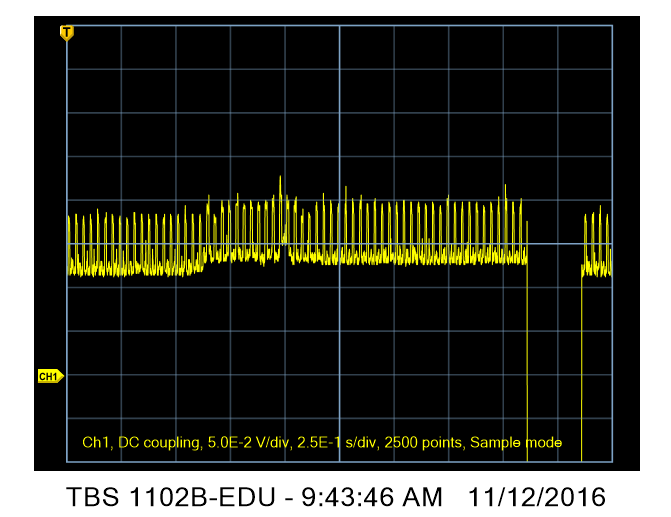
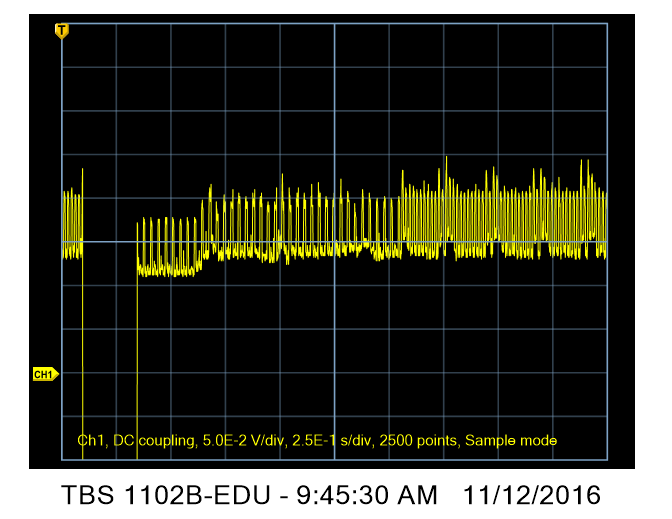
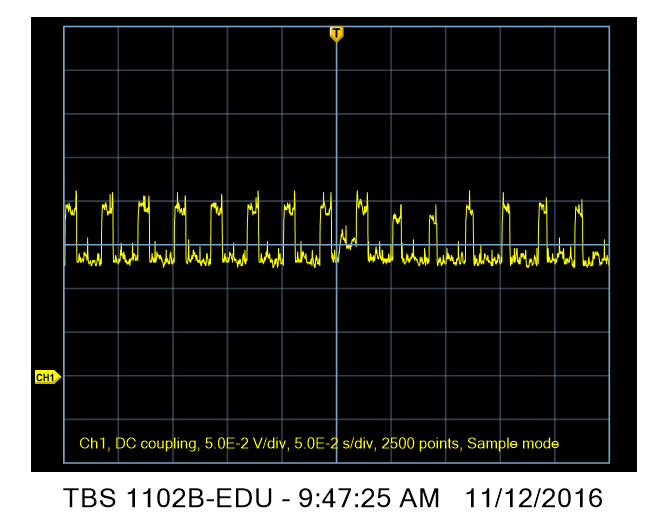
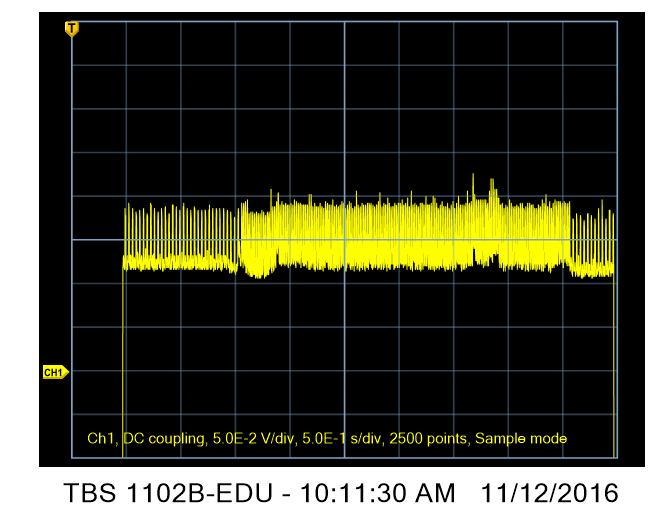
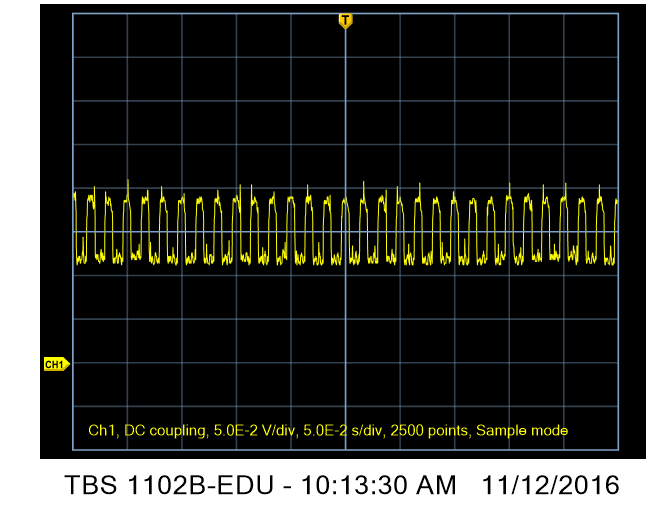
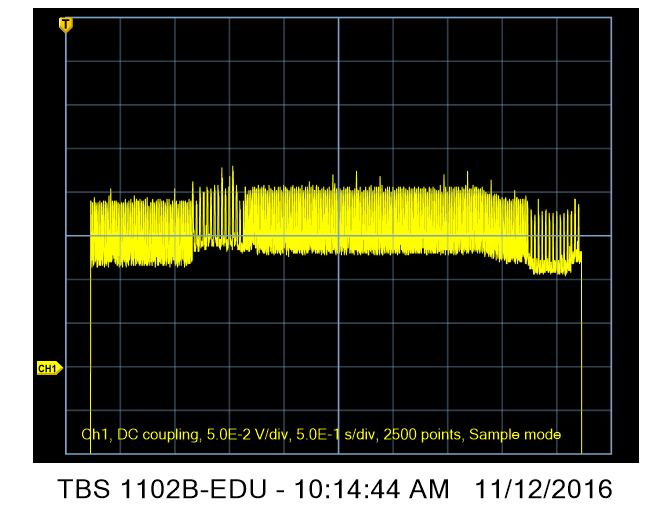
Leave a Reply